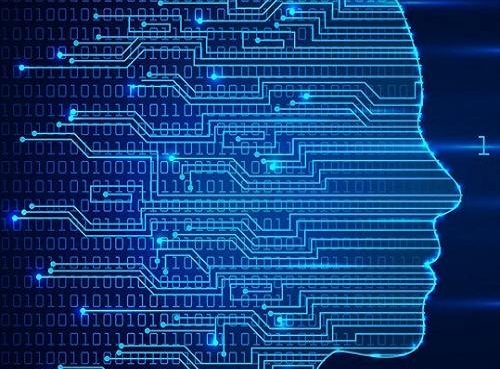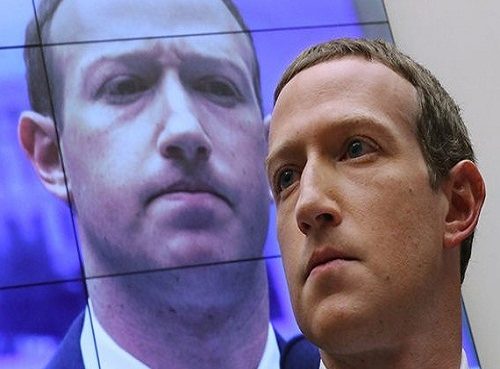The way individuals work has dramatically shifted in recent years, especially due to the Covid-19 pandemic and advancements in digital technology. As many companies transitioned to remote work setups, the concept and relevance of business hubs came under the microscope.
In a recent interview with CNBC, Elon Musk mentioned that he’s not fond of remote work. Musk said that employees who chose to not come back to work in the office could end up losing their jobs.
With the world recovering from the pandemic, organizations are rethinking their operational policies. While some are fine with employees working remotely, the question now is what to do with their office space. Is it really worth having a business hub if employees are only coming in a few days a week? If businesses are planning expansion into new regions, do they really need to hire new talent on the ground or can they employ people to work remotely?
To understand more about this, Josie Ananto, EY Asia-Pacific Transaction and Strategy Execution Leader, shared insights on the changing dynamics and challenges faced by companies managing business hubs today.
The state and challenges of business hubs
Business hubs have long been viewed as the backbone of many multinational corporations (MNCs), offering operational efficiencies, knowledge preservation, and control through centralized activities. Despite the rapid shift to remote work, these hubs remain relevant, albeit faced with new challenges and demands.
“The progress of instant messaging, videoconferencing, digital collaboration, and cloud-based shared working space has provided means for communication, collaboration, and coordination among teams regardless of their physical location,” Ananto explains. However, she also acknowledges the hurdles remote work presents, including sustaining company culture, promoting collaboration and effective communication, and ensuring the readiness of teams.

According to Ananto, one of the significant hurdles of remote work is the lack of face-to-face interaction, which can hinder collaboration and effective communication. Water cooler moments or casual conversations in the office often lead to spontaneous ideas, problem-solving, and relationship-building
Sustaining a strong company culture becomes more challenging when employees work in separate locations. Company culture encompasses shared values, norms, and behaviors that drive employee engagement and cohesion.
For team readiness, remote work demands a certain level of technological proficiency and self-discipline. Not all employees may be prepared or equipped to work effectively in a remote setting. Training and upskilling programs might be necessary to ensure that teams have the skills needed to navigate remote work challenges.
The pandemic has forced many companies to reassess their hub operating models. Two crucial issues have surfaced: the degree of centralization and co-location. Ananto states, “While centralization can still yield economic benefits, companies are now weighing the trade-off between efficiency and agility. With technological advancements and evolving work models, the question arises of how to strike the right balance between effectiveness and flexibility.”
Evolving challenges and adjustments in hub management
Beyond the impacts of the pandemic, companies are also grappling with geopolitical concerns, talent acquisition and retention, and an evolving tax landscape. The introduction of BEPS 2.0 (Base Erosion and Profit Shifting) and the global minimum tax, for instance, has necessitated a re-evaluation of the benefits and drawbacks associated with hub operating models. These challenges are prompting companies to reshape their businesses, with 84% of Asia-Pacific CEO respondents in a January 2023 EY survey indicating plans to reconfigure their operations and supply chains.
Ananto states that companies are rethinking their current hub models as part of this reshaping. While the traditional single hub model has offered economies of scale and a center of excellence to retain knowledge and control, the experience of the Covid-19 pandemic exposed its fragilities.
“Many MNCs now realize that a traditional single hub poses a significant risk,” she added. “The impact of factory closures, port shutdowns, and border closures reverberated through global supply chains, adding unprecedented complexity and cost to a company’s operations. Hub strategies need to evolve to align with the company’s long-term strategy but also be responsive to fast-moving externalities to mitigate risks arising from overreliance on one country or location.”

The rise of dual-hub, multi-hub, and “lift and shift” models
Companies are seeking alternatives to single-hub models, with dual-hub, hub-and-spoke, and multi-hub models becoming increasingly attractive.
The dual-hub model, as Ananto describes, establishes two operational centers, each with distinct functions like sales, manufacturing, distribution or R&D. For example, the China +1 model is an increasingly popular dual-hub approach in the Asia-Pacific region, where operations are split between China and the rest of Asia-Pacific.
Meanwhile, the hub-and-spoke model balances centralization with local agility. It anchors operations at a central hub while leveraging local opportunities through satellite locations. This model allows leveraging talent across multiple locations, establishing local presences, and navigating cultural and language barriers.
Multi-hub models provide even greater decentralization and diversity of activities. Larger companies adopting this model often create functional hubs for R&D, innovation, branding, supply chain, and digital hubs.
“Each model archetype offers distinct advantages and considerations that align with a company’s objectives, industry, and geographic scope of operations,” states Ananto. “Based on our experience, companies often adopt a model along a continuum of these archetypes, allowing for customization to meet their unique needs and circumstances.”
Companies face rising costs and talent challenges in traditional hub locations, such as Singapore, where wages have surged by 20% over the past five years, and the reopening of workplaces has propelled a 7% increase in office rentals in the Central region. The Singapore government has also raised requirements for Employment Passes (EP), adding to the complexity of hiring foreign talent.
The “lift and shift” approach is gaining traction. This approach involves shifting executional roles to lower-cost hubs, like Malaysia, Philippines, Thailand, and Indonesia, while maintaining a strategic presence in locations like Singapore. “The assessment and execution of any hub set-up or move is a complex undertaking that involves multiple functional areas, including strategy, HR, IT, tax, legal, finance, and real estate,” Ananto warns, emphasizing the importance of effective communication and change management in successful transformation.
Choosing the right operating model and location strategy in APAC
Given the rapidly changing landscape, companies must undertake a robust and data-led evaluation process to select the right operating model and location strategy. Ananto emphasizes three key components in the decision-making process:
Alignment to business strategy: Ananto advises that clarity of business objectives is crucial to define the right operating model design. “Securing alignment with key internal and external stakeholders is crucial to gain their buy-in and support,” she says.
Comprehensive location assessment: The location decision isn’t one-size-fits-all. Evaluating various factors such as political stability, ease of doing business, talent availability, cost of living, and cultural alignment is pivotal.
Due diligence on taxation: With new tax regulations like the BEPS 2.0 global minimum tax on the horizon, Ananto underscores the importance of performing due diligence on taxation upfront to mitigate unforeseen tax outcomes.
In conclusion, while business hubs remain relevant today, their function and management must evolve in response to the rapid changes in work setups, geopolitical tensions, and taxation policies.
Ananto’s insights provide a clear roadmap for companies navigating these complex transformations. As she puts it, “having a clear purposeful vision, understanding the needs of multiple stakeholders, and demonstrating commitment to the journey requires a broad range of cross-functional capabilities to ensure a successful transformation.” The challenge now is for businesses to continually reassess and realign their operating models to the ever-evolving global landscape.
Source: techwireasia










